Rising Crude Oil Prices
The ethanol market in North America is likely to experience growth due to the rising prices of crude oil. As crude oil prices increase, the cost of gasoline also rises, making ethanol a more attractive alternative for consumers and fuel producers. Ethanol, often blended with gasoline, provides a cost-effective solution for reducing dependency on fossil fuels. In 2025, the average price of crude oil is projected to be around $80 per barrel, which could lead to an increased demand for ethanol as a substitute. This shift may enhance the profitability of the ethanol market, encouraging further investments in production facilities and infrastructure.
Growing Environmental Awareness
Growing environmental awareness among consumers is influencing the ethanol market in North America. As individuals become more conscious of their carbon footprints, there is a noticeable shift towards cleaner energy sources. Ethanol, being a renewable fuel, is perceived as a more environmentally friendly alternative to traditional fossil fuels. In 2025, surveys indicate that approximately 60% of consumers are willing to pay a premium for sustainable fuels, which could drive demand for ethanol. This trend suggests that the ethanol market may see increased sales and production as consumers prioritize eco-friendly options in their fuel choices.
Government Incentives and Subsidies
Government incentives and subsidies play a crucial role in shaping the ethanol market in North America. Various federal and state programs provide financial support to ethanol producers, which can significantly lower production costs. For instance, the Renewable Fuel Standard (RFS) mandates a certain volume of renewable fuel, including ethanol, to be blended into the fuel supply. This regulatory framework not only supports the market but also encourages innovation and expansion within the industry. In 2025, it is estimated that government subsidies could account for approximately 20% of the total production costs, thereby enhancing the competitiveness of the ethanol market.
Advancements in Agricultural Practices
Advancements in agricultural practices are likely to impact the ethanol market positively. Improved crop yields and the adoption of sustainable farming techniques can lead to a more efficient supply of feedstock, such as corn and sugarcane, which are essential for ethanol production. In 2025, the average corn yield in North America is projected to reach 180 bushels per acre, which could significantly increase the availability of raw materials for ethanol production. This increase in supply may lower production costs and enhance the overall sustainability of the ethanol market, making it a more viable option for consumers and producers alike.
Expansion of Infrastructure for Ethanol Distribution
The expansion of infrastructure for ethanol distribution is a critical driver for the ethanol market in North America. Enhanced transportation and storage facilities are essential for ensuring that ethanol can be efficiently delivered to consumers and fuel stations. In 2025, investments in infrastructure are expected to reach $500 million, aimed at improving the logistics of ethanol distribution. This development may facilitate greater market penetration and accessibility, ultimately leading to increased consumption of ethanol. As infrastructure improves, the ethanol market is likely to benefit from reduced logistical challenges and enhanced supply chain efficiency.


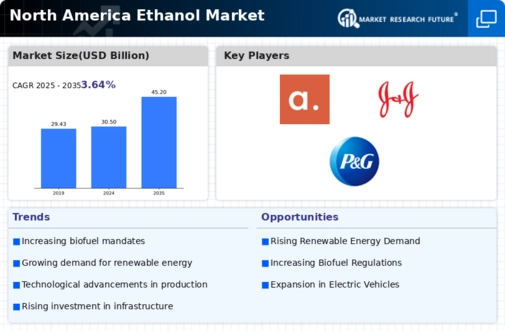
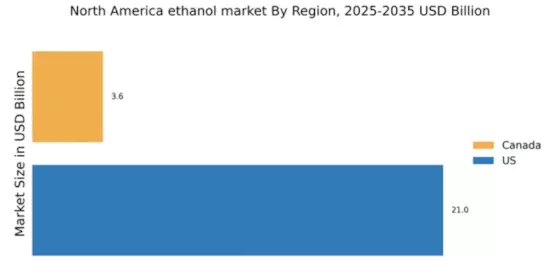
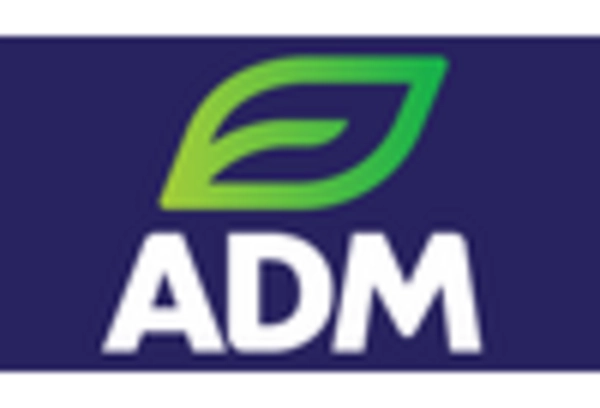
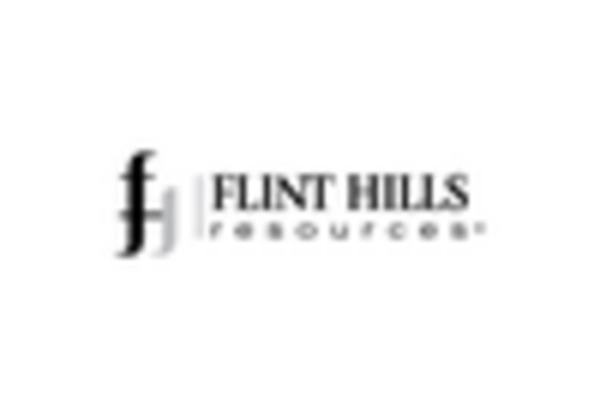
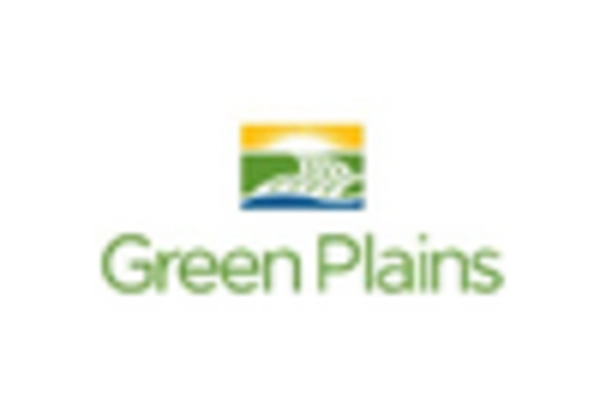
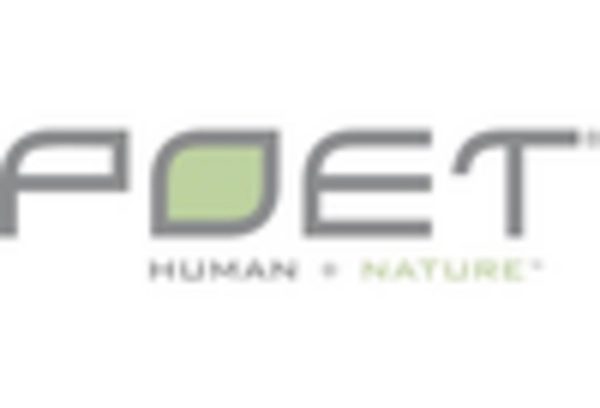
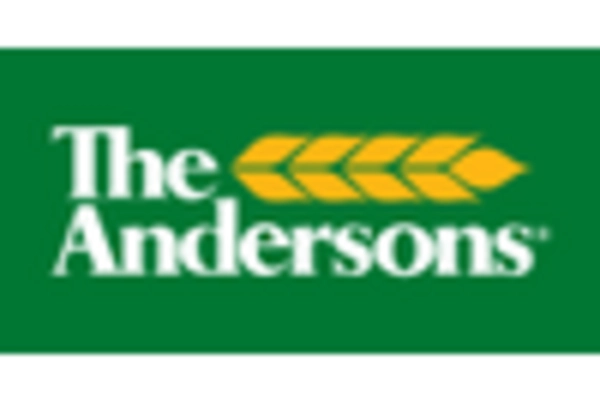
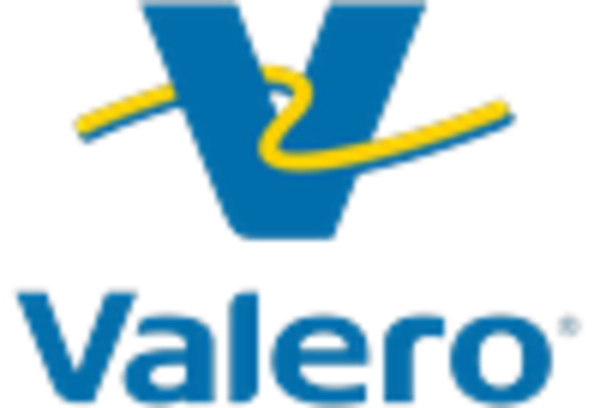








Leave a Comment